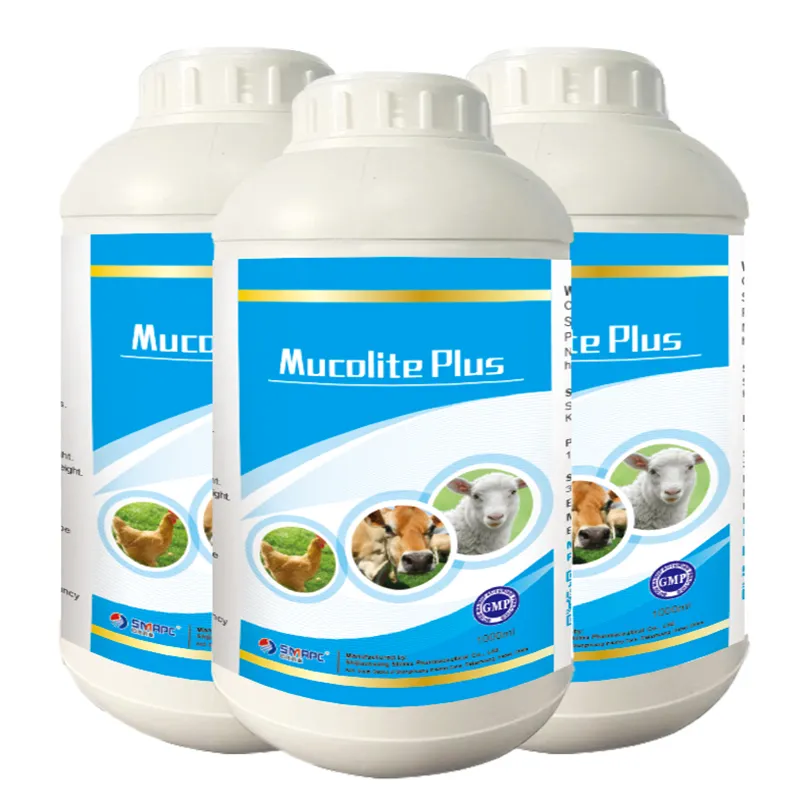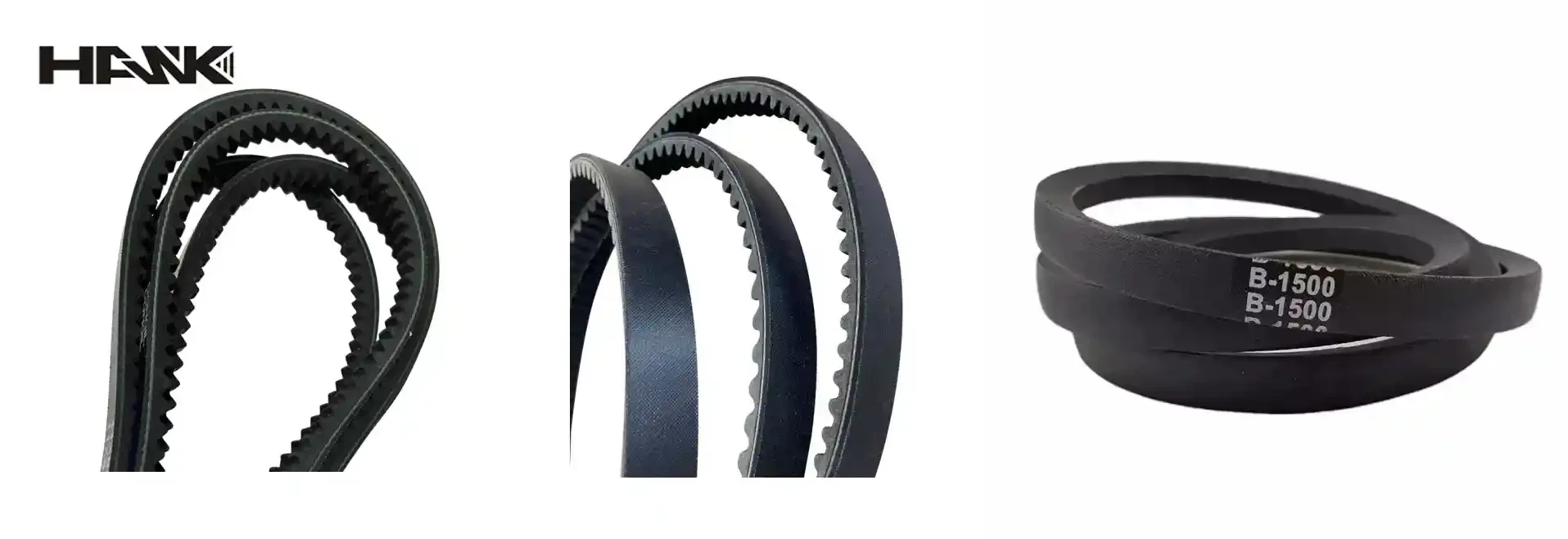To combat this issue, it is essential for farmers and veterinarians to adopt a judicious approach to antibiotic use. This includes accurate diagnosis, following dosing guidelines, and exploring alternative management practices such as improved nutrition and hygiene. Additionally, ongoing education and training for livestock producers about the responsible use of antibiotics can help ensure that these vital medications remain effective for future generations.




